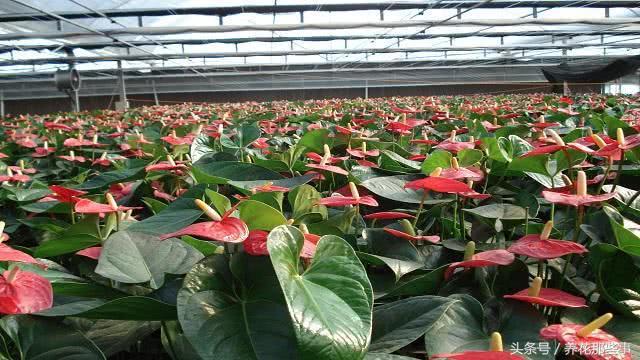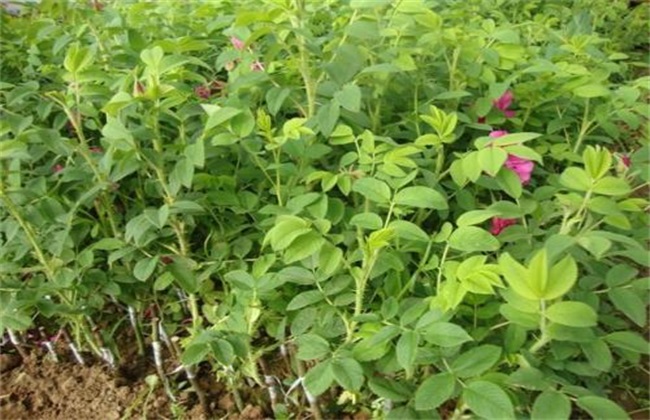How to raise an evergreen zebra
Zebra evergreen, known as king powder, stupid sugar cane, is a perennial herb of the Araceae family. The stem is cylindrical and fleshy. The white stem is usually found on the stem, and it is a trace of the fallen leaves. The leaves of evergreen zebras are long oval, with irregular white or goose yellow spots and stripes scattered on both sides of the green main vein. It is very elegant and elegant, just like the stripes of a zebra horse, so the zebra leaves are evergreen. Said.
Zebra evergreen is native to Colombia and has a warm and humid climate. The better growth temperature is 25 to 30 degrees Celsius. The indoor temperature in winter should also be kept at about 15 degrees Celsius, at least 10 degrees Celsius. Potted soil can be mixed with 7 humus soil, 3 loam and 1 sand. Zebra leaves are young and semi-overcast, avoid direct sunlight and can be cultivated indoors all year round. It is waterproof and can be placed at the bottom of the basin. Water is discharged from the tray, causing it to seep into the soil from a small hole in the bottom of the basin. Watering should be controlled in winter. The lower the temperature, the less you pay attention to dumping. Some leaves turn yellow in winter, but as long as they are not frozen, H spring can blossom again. If it is kept indoors in winter, it grows slowly and tends to grow. During the growing season, it can be placed in the outdoor semi-shade for a period of time, and then return to the room after rejuvenation. Fertilization can be carried out during the growing season, depending on the growth potential, more rotten liquid fertilizer or compound fertilizer should be applied every month to promote green leaves, but nitrogen fertilizer should not be used.
Its "flower" is a typical inflorescence of the genus. Seeds have little or no seeds, so it is difficult to propagate with seeds. Reproduction is basically asexual reproduction, the main method is tissue culture and cutting. Tissue culture has a high success coefficient and low cost, but it requires equipment and conditions. The cutting method is to cut the old stem into 10 to 15 centimeters in the spring and insert it into the sand to keep it moist. After the root is long and then transplanted into a basin, the stem can be cut into stems in the growing season. Small section, about five or six centimeters long, can be cut after drying for a few days. After drying, grow directly in the basin, keep moist, and take root quickly. You can also cut the stems of the leaves into transparent glass water bottles and fix them with white rice stone for architectural decoration. You can see the white roots of jade, and you can see them in the leaves for about half a month. Root. Because the juice is toxic, be careful not to touch the skin, eyes and eyes. There are more than 30 varieties of zebra leaves, which also have a certain ornamental value, but this species is larger, with thick and thick leaves, elegant and beautiful markings and luster. The plant is tall, the stem is thick and strong, it is the ideal indoor plant. Watch the better ones.
Time: 2019-05-13 Click:
- Prev

How to maintain indoor Anthurium andrographis
How to raise flamingos? A technique teaches you to raise the temperature of Anthurium andraeanum to 19 to 25 degrees, to water it in time, to choose loose and breathable soil and to place it in a place where scattered light shines, and to fertilize every five to ten days during growth. In addition, it is necessary to control diseases and insect pests
- Next

Rose cuttage method
Rose cuttage method
Related
- Fuxing push coffee new agricultural production and marketing class: lack of small-scale processing plants
- Jujube rice field leisure farm deep ploughing Yilan for five years to create a space for organic food and play
- Nongyu Farm-A trial of organic papaya for brave women with advanced technology
- Four points for attention in the prevention and control of diseases and insect pests of edible fungi
- How to add nutrient solution to Edible Fungi
- Is there any good way to control edible fungus mites?
- Open Inoculation Technology of Edible Fungi
- Is there any clever way to use fertilizer for edible fungus in winter?
- What agents are used to kill the pathogens of edible fungi in the mushroom shed?
- Rapid drying of Edible Fungi

